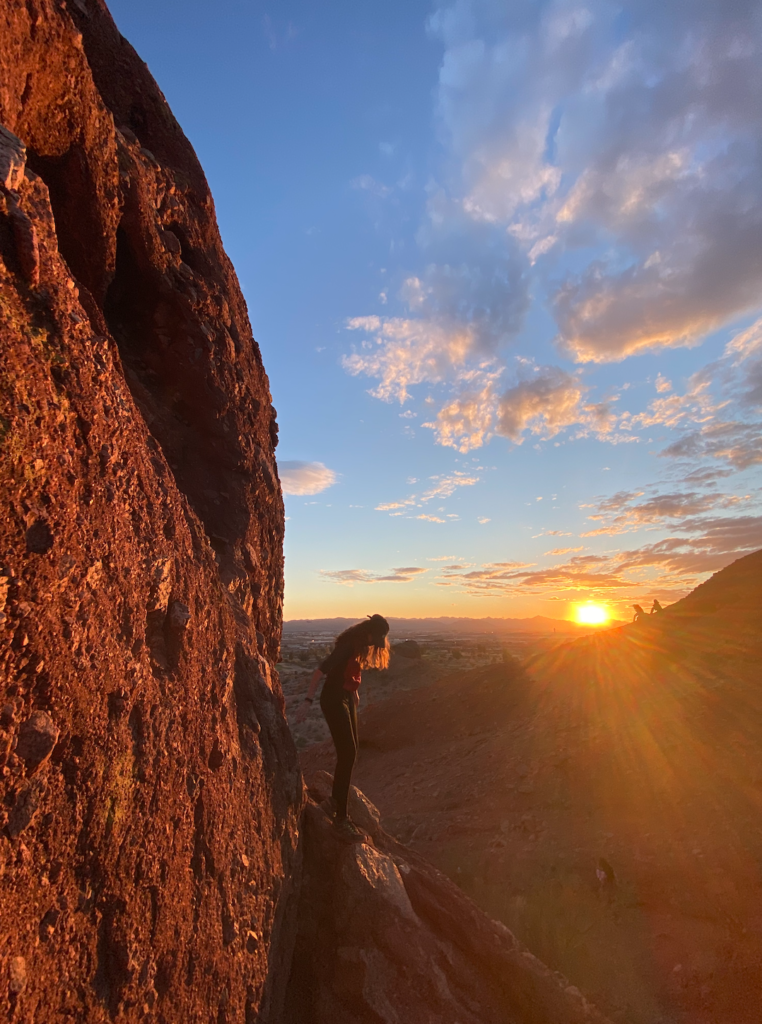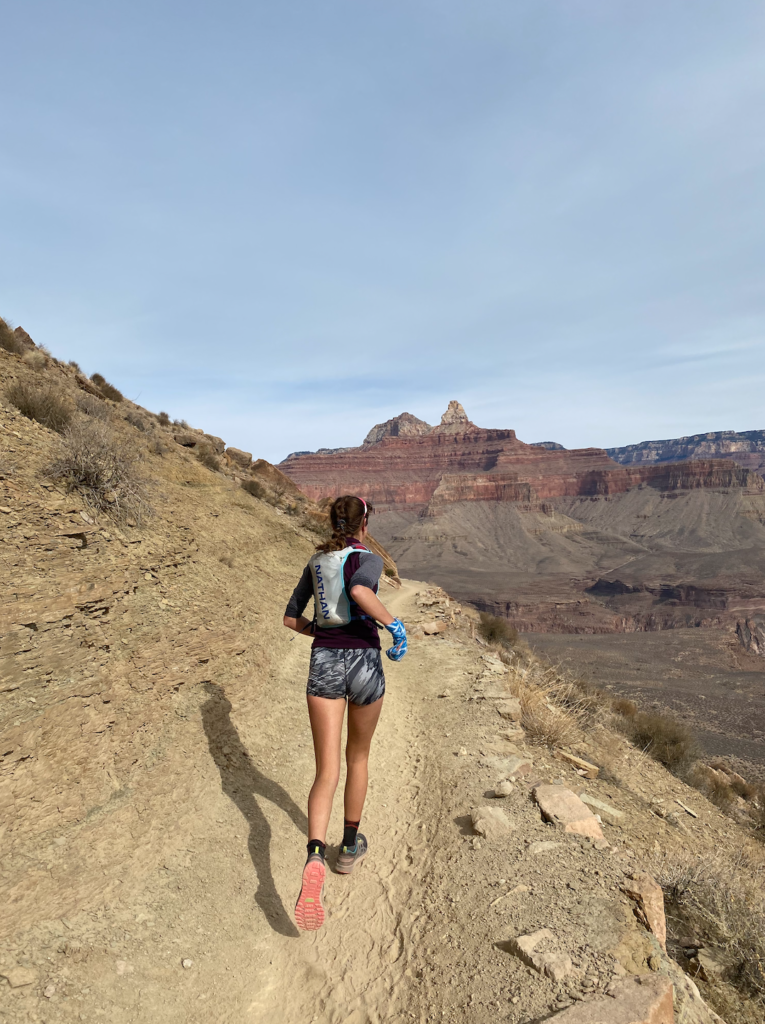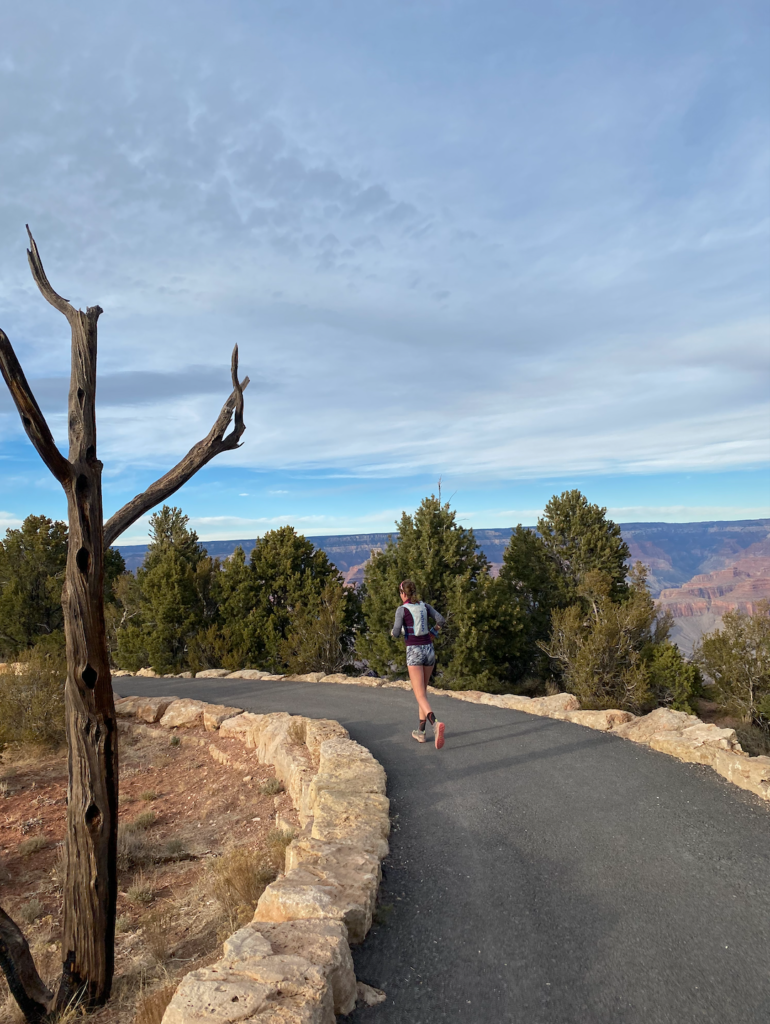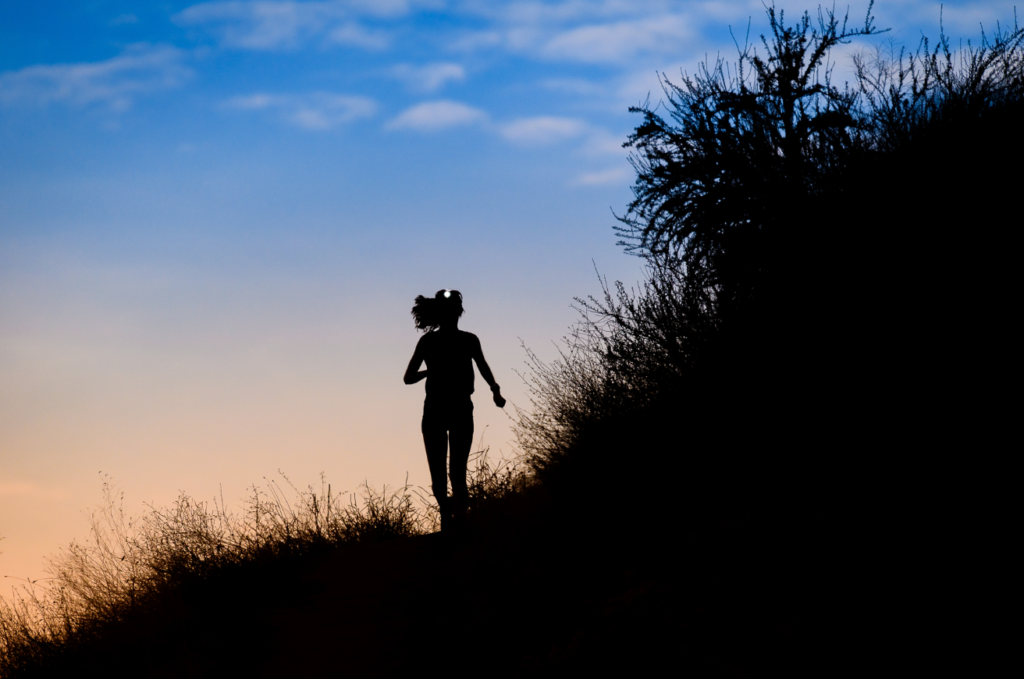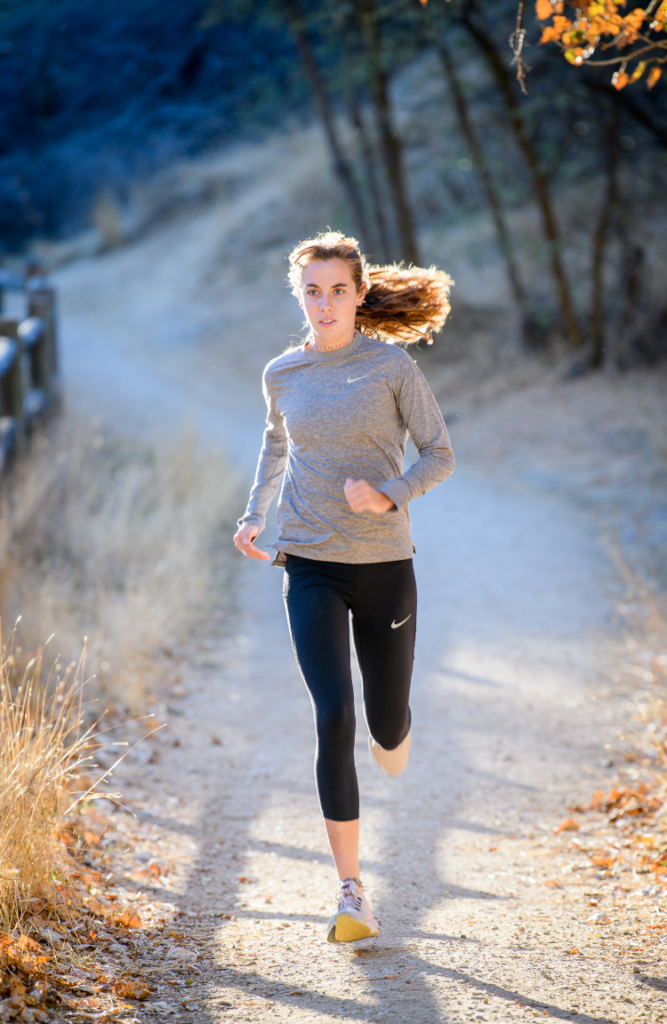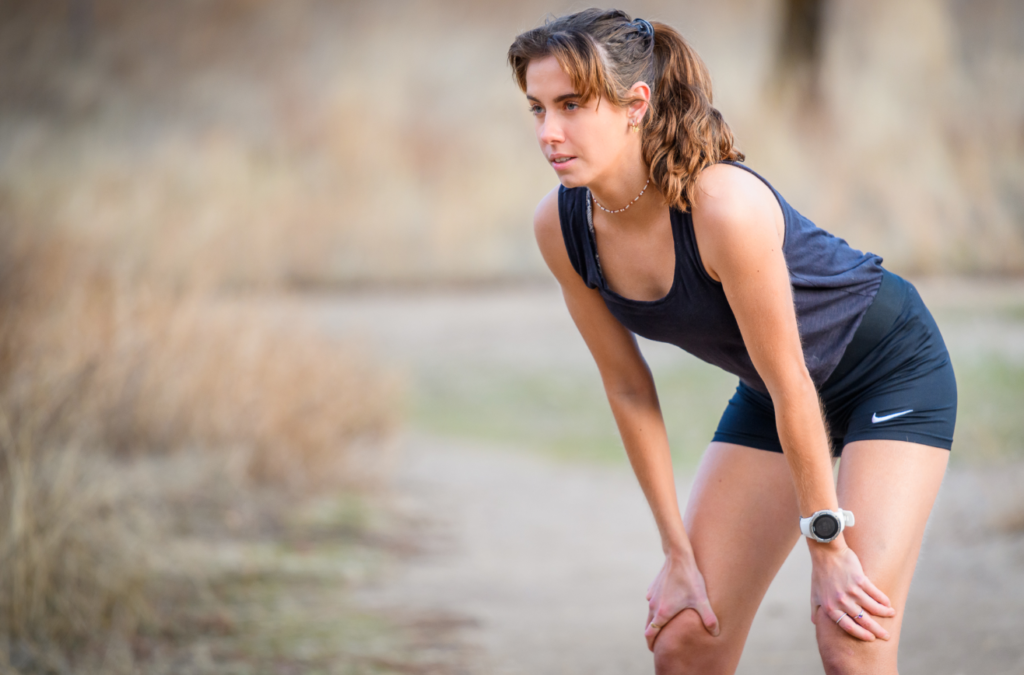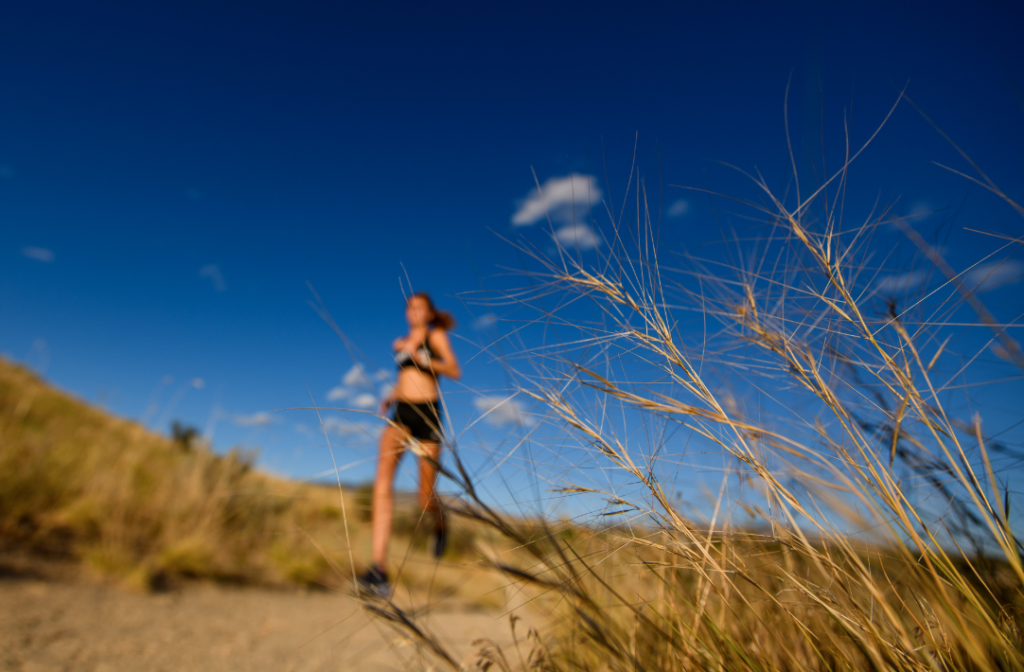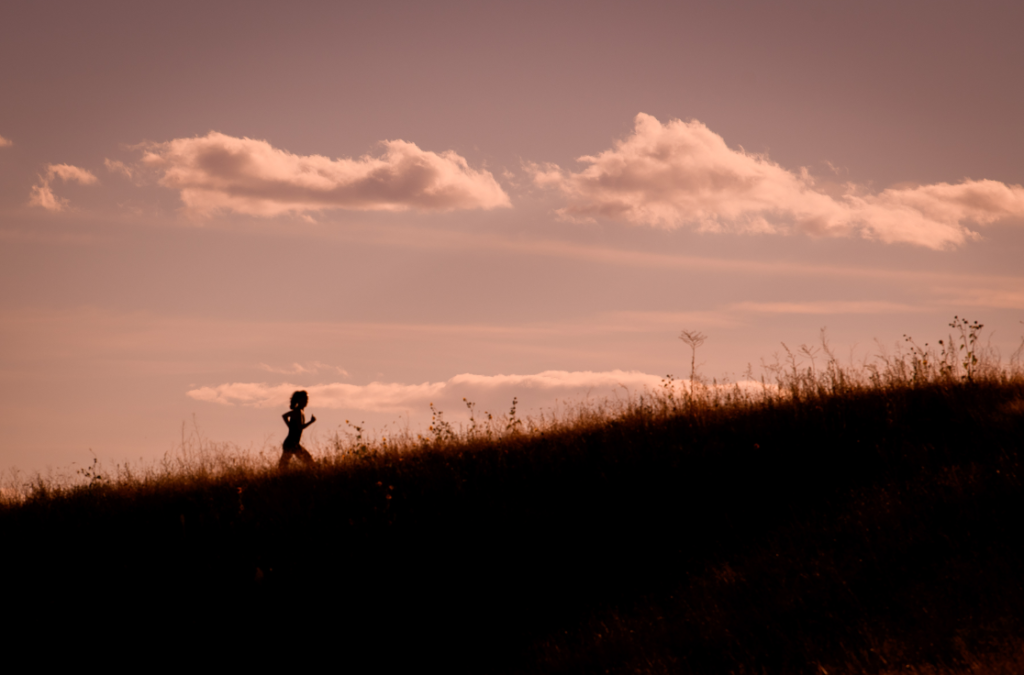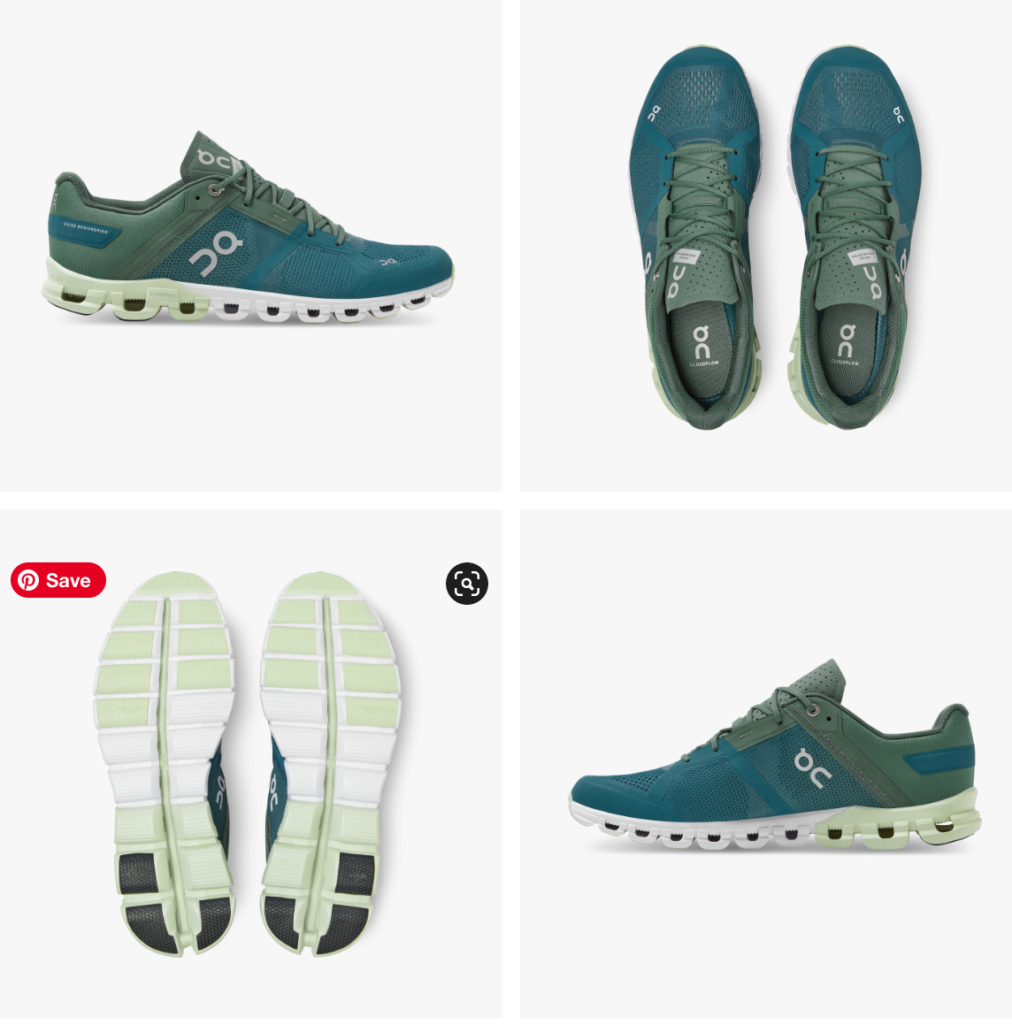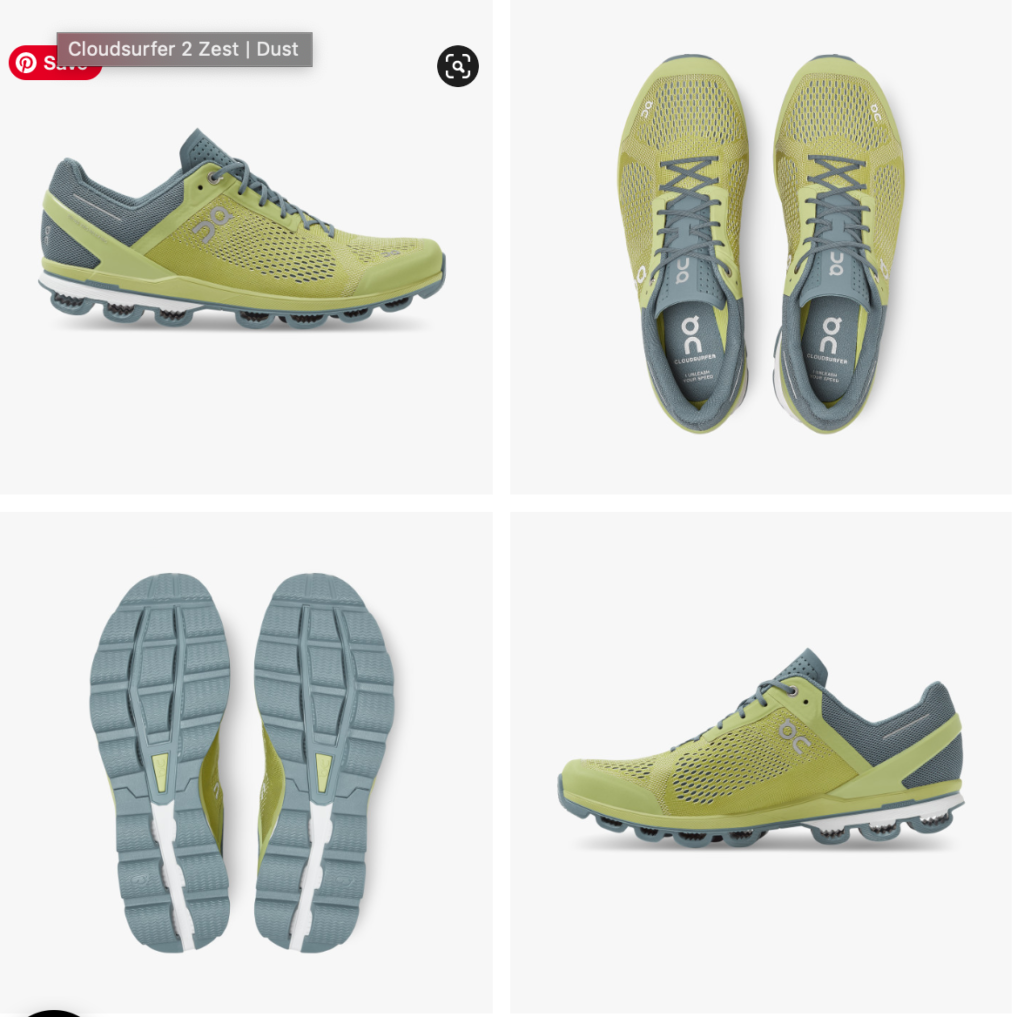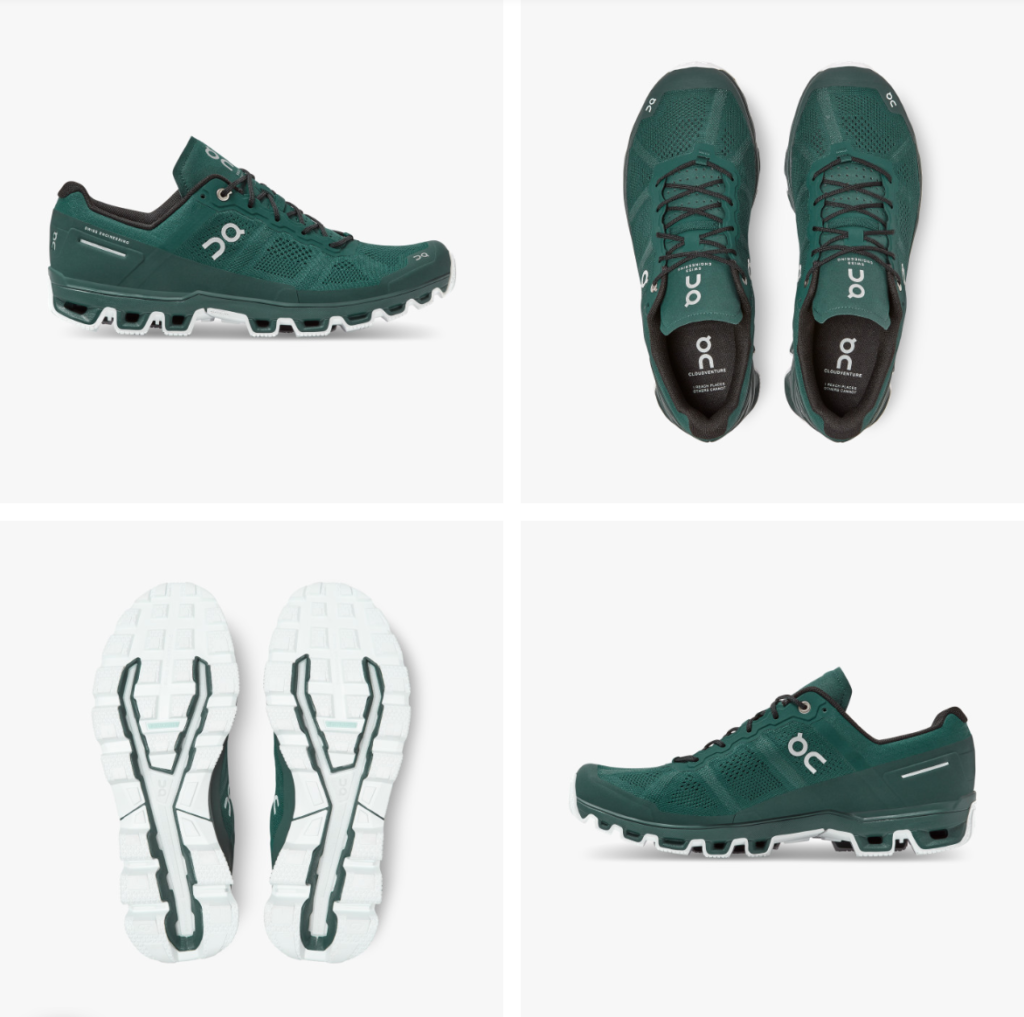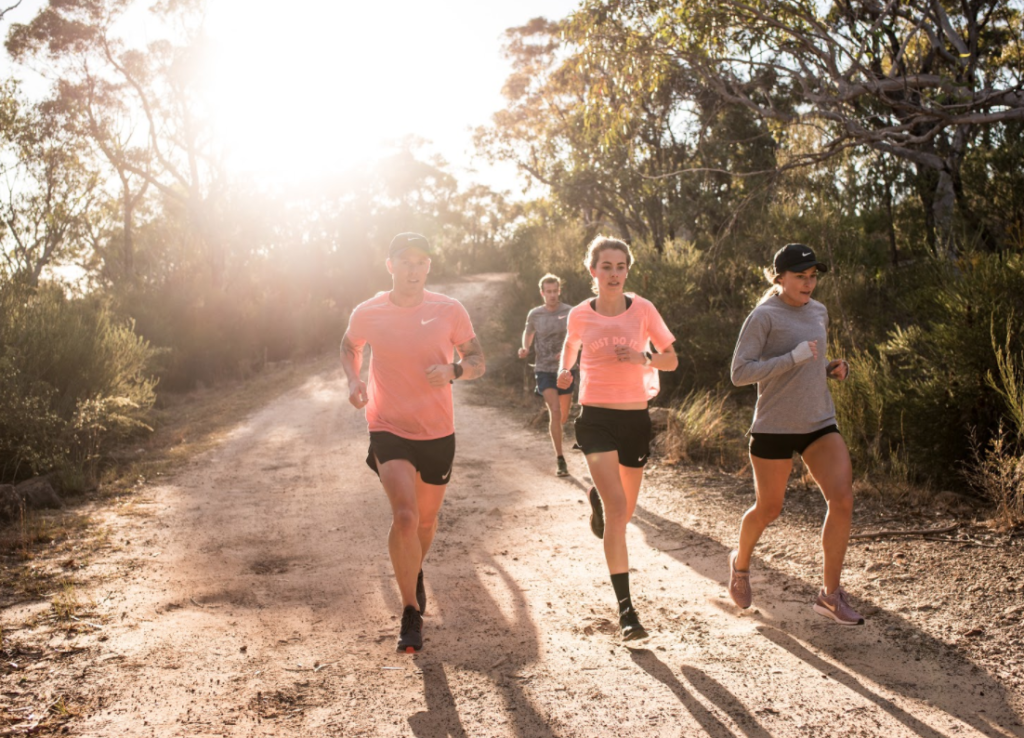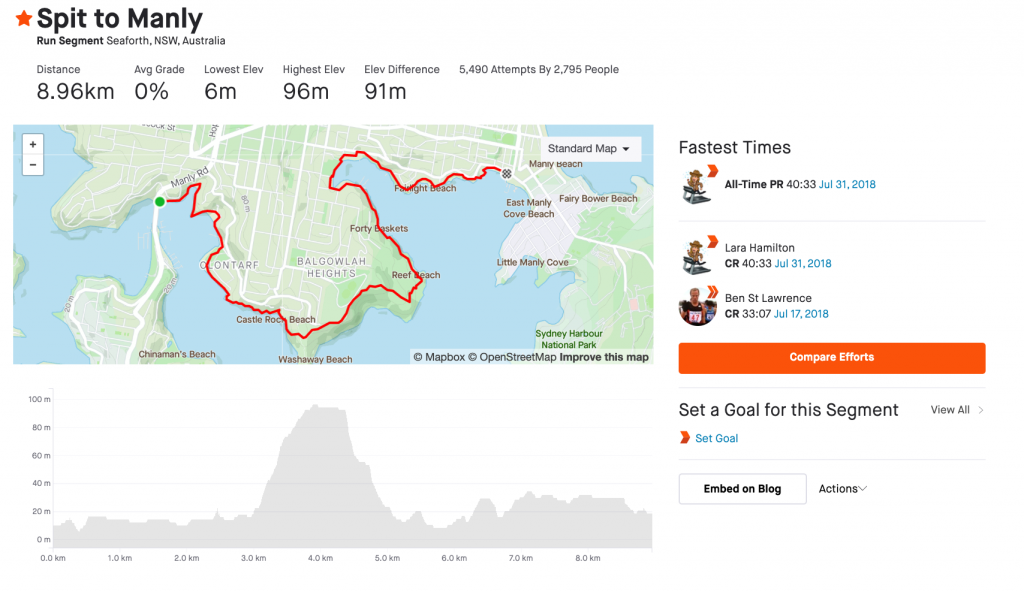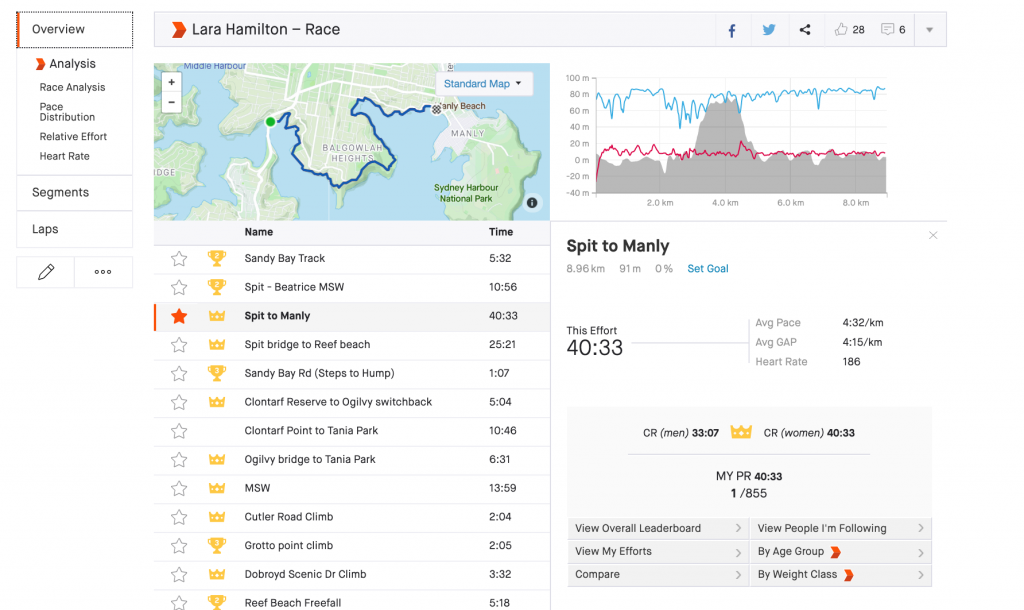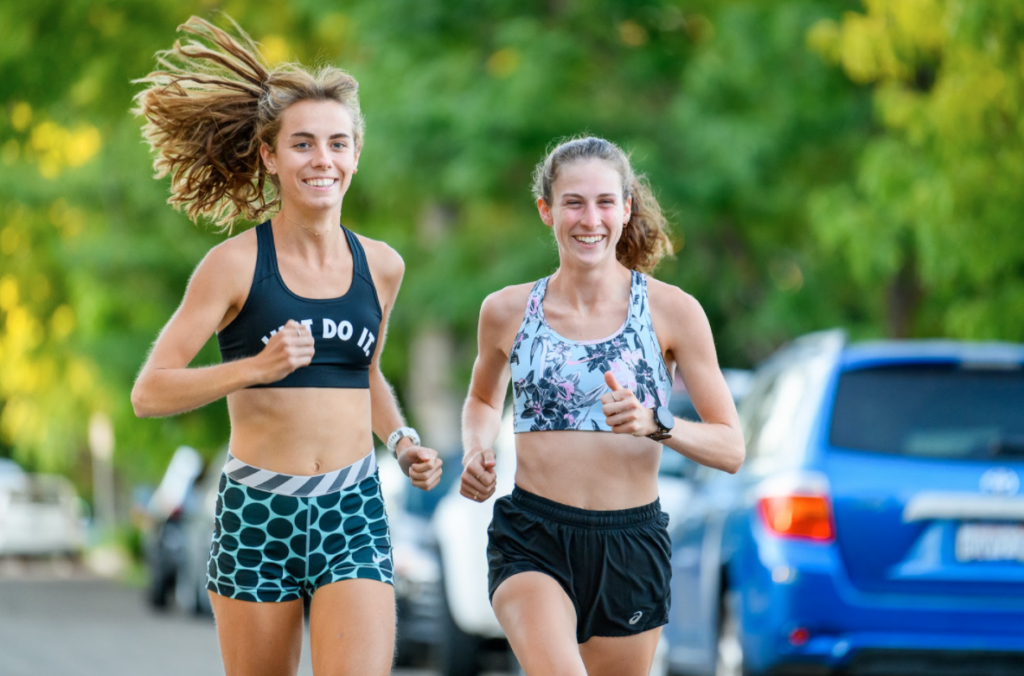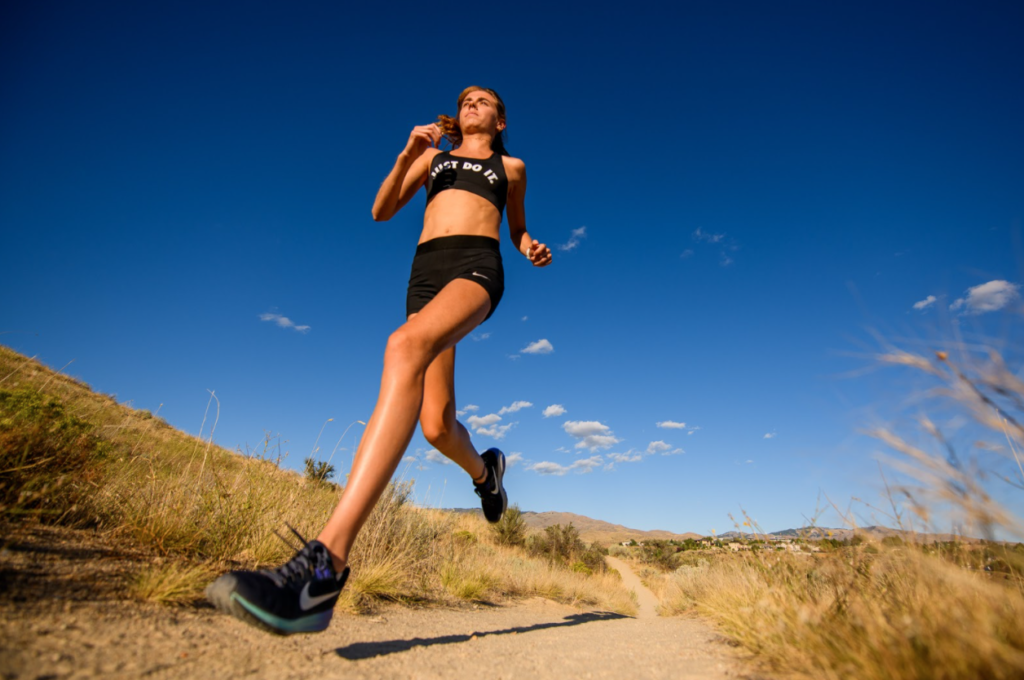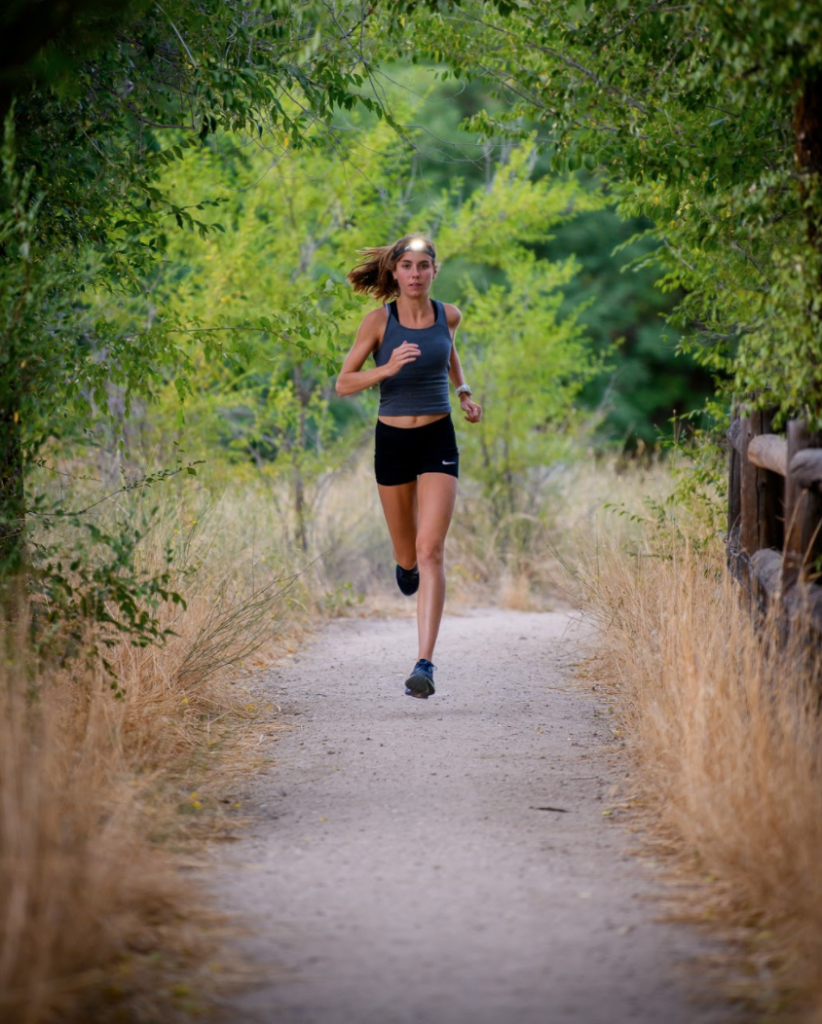Meditation Running: A Guide to Running As Meditation
Meditation Running
If the idea of meditation running or running as meditation seems like a foreign concept to you, consider the fact that you’ve probably already participated in it. Many of us like to pop in the ear buds and check out while logging our miles, especially for long distances. For some, this is the easiest way to “get through” a workout.
However, the idea of meditation running is not to “get through” your run, but rather “get into” your run. Meditation and running do not have to exist as separate entities. In fact, for those of you who prefer to proverbially “kill two birds with one stone,” meditation running can save time allowing you to benefit from both at once.
Running as Meditation
Pro-Image Event Photography, Boise, Idaho
Running as meditation can turn what sometimes feels like a chore, or something you’re forcing yourself to do, into an adventure. It offers deeper meaning, mental clarity and healing on top of your physical fitness routine. In the state of today’s world, who doesn’t need a little clarity and healing?
If you’ve ever gone out for a run in a new neighborhood or on an especially craggy trail, chances are good that you’ve participated in meditation running. Meditation in itself is not meant to clear your mind, but instead to become present in the given moment. In a new city or on a rugged trail, you must be vigilant and focus on where you are and the ground beneath you. This action causes you to be present in the moment and to concentrate on right now.
This is just a simple and common example of how you may have already used running as meditation. You can set out to purposefully participate in meditation and running, and I will tell you how in the following sections. Of course, distracting thoughts are going to pop up now and then. That’s normal and expected. Acknowledge them and come back to the moment. Put a pin in those recurring thoughts for later, and be careful not to follow them down the rabbit hole.
How to Meditate While Running
Meditation while running is not necessarily hard, but it may require some practice. This is especially true for those who prefer to zone out with some tunes while running instead of tuning into your zone. The following ideas are a good starting point for learning how to practice meditation while running. Later, I will give you a few more resources to help you use running as meditation.
Counting Breaths or Footfalls
Counting your breaths or foot steps can help keep you grounded in the now. Make up a pattern such as a 1, 2, 3, 1, 1, 2, 3, 2 count or count by twos or fives. You can even incorporate counting breaths to footfalls and take note of which foot lands on what numbers each time.
Acknowledge Pain or Discomfort
Obviously, intense pain means you should end your workout immediately, but I’m talking about the normal running aches and fatigue that sometimes appear. Don’t ignore these tinges, but don’t focus intently on them, either. This also goes to uncomfortable or stressing thoughts. As mentioned, put a pin in those, save them for later, and come back to now.
Use Mantras or Devotions
Whether you choose a quote from Rocky or prefer a Bible verse, mantras can help keep you focused and present in the moment. Simply repeating positive phrases like I am strong and bold, I can do all things, or I am tougher than this trail can keep you focused. The key is concentrating on what you are saying and repeating it.
Be Aware of All Sounds and Sights
It may be a bird chirping in a tree or a simple stop sign—just take notice and focus on it for just a moment. Perhaps you choose to run as the sun rises and sets. Focusing on the grandeur of the setting and which senses are being triggered can offer a feeling of relaxation—even when you’re running. It may be easier to focus on things by stating what you see, hear, feel, or smell. For example, you could say to yourself I see a tall, green Oak tree, or I feel a gust of cool air on my neck.
Mindful Running: Being in the Moment
Running Meditation has many benefits beyond maintaining your physical fitness and health. For example, let’s go back to rugged trail running. You have to constantly scan the terrain ahead of you and make decisions about where your foot should fall to reduce the risk of injury. You might be dodging low-lying tree limbs, circling around mud pits, or hopping over roots and other natural debris.
All this focus directed at the trail in the very moment you are running it keeps other thoughts and worries at bay. There simply isn’t time to think about problems such as how difficult the run actually is when you are running with the mind of meditation. Instead, you are able to explore the world around you, reflect on it and connect to it.
Not only can running meditation offer practice in meditating, it can also help you improve your running. Perhaps you want to run faster or longer distances. Most often, the only things holding us back are the thoughts we have. Meditation can also help to increase your response inhibition, or ability to ignore the instinct to slow down or stop due to muscle aches or fatigue and keep running.
Running Meditation Books
To learn more about running meditation and the benefits of it, you can find a great running meditation book or two. Running With the Mind of Meditation: Lessons for Training Body and Mind is one such book written by Tibetan lama, Sakyong Mipham. The book offers simple and practical advice and instructions on melding meditation and running.
Another highly-rated running meditation book I found is Still Running: The art of Meditation in Motion, written by Zen-practitioner and long-time runner, Vanessa Zuisei Goddard. Like Running with the Mind of Meditation, Still Running offers instructions on practical ways to practice meditation and running. Additionally, it focuses on the power of being still and how that can lead to “wholehearted” living.
Running Meditation Apps
If you are interested in guided meditation while running, try out a running meditation app. When I went to the app store, I was inundated with meditation apps for relaxation. However, with continued research, I stumbled across Headspace, a website and an app that focuses on meditation for focus and relaxation.
Additionally, Headspace has partnered with Nike to provide a Mindful Running Pack within the Nike Run Club (NRC) app. Choose the length of time you want to run and pick from runs with titles like “Don’t Wanna Run Run,” “Breaking Through Barriers,” and “Mindful Miles.” Then, you simply set out on your preferred route and listen in. This running meditation app does all the focusing for you.
Final Thoughts on Meditation While Running
As you can see, meditation can coexist with running, or other activities. You do not have to be sitting still to reap the benefits of meditation, and practicing meditation while running has its own benefits including lowering stress, easing depression or anxiety, and making your runs easier.
It may take even the seasoned runner some practice, but I’m certain with the help of this article and the resources I discussed, anyone can do it. If you want a little more guidance, don’t hesitate to try a running meditation app. Happy trails!
running meditation book
running meditation book
running with the mind of meditation
running meditation app

